Wine, personally blessed by Dionysus, the god of wine, has always been an important part of human celebration, indulgence, and cooking.
When you think of this wine, the countryside of France, the valleys of California, or even the hills of South America may come to mind. But every wine connoisseur should also look at Africa. The continent’s northern regions have been producing wine since Phoenician times. In contrast, the southern areas have made wine since the 16th century. Over the past three decades, other parts of the continent have also begun to wake up to the magic of winemaking.
Here are five African wine destinations that all wine lovers should visit.
Cape Land, South Africa
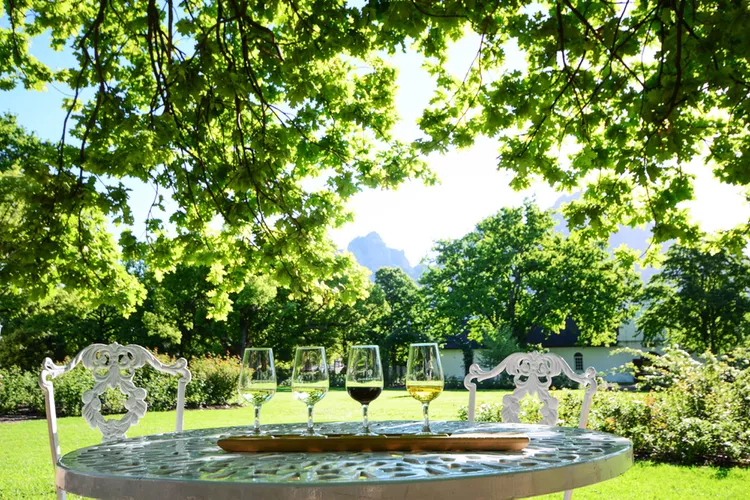
With more than 500 wineries, South Africa is one of the top wine production destinations in Africa and the world. Wine lovers have plenty to choose from here.
If you want to taste a wide variety of South African wines, the Cape Wine Region in the Western Cape Province is your best bet. The municipalities include Stellenbosch, Paarl, Worcester, and Franschhoek, where you will find some of the country’s most famous wineries.
If you have the time and the spirit of adventure, you will enjoy it. You can plan your trip based on your wine preference (red, sparkling, rose, or blend) or accommodation (think traditional wine farms or luxury estates).
The possibilities are endless, but try Pinotage, a cross between Pinot Noir and Cinsaut. Also of note is the Methode Cap Classique (MCC), a South African sparkling wine made using the traditional Champagne.
Meknes, Morocco
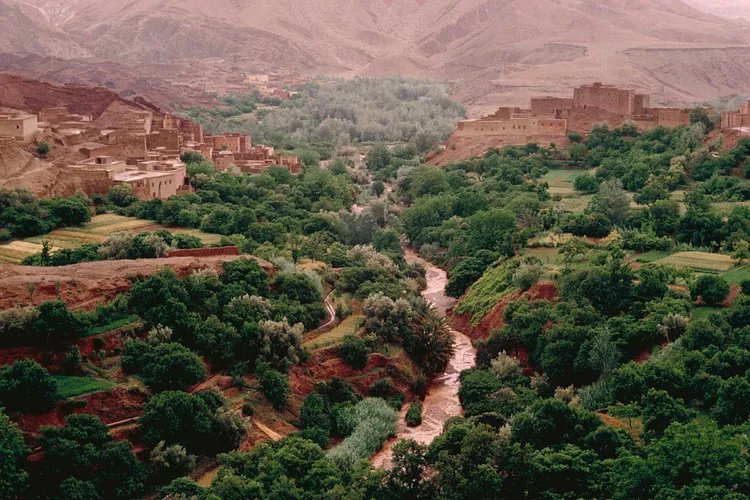
According to historians, wine production in this North African country dates back to the ancient Phoenician era. When Islam was introduced to the country around 680 AD, wine production decreased and eventually ceased. In the early 20th century, when the country became a French colony, that wine-making culture returned. However, most of the wine produced is exported to France and other parts of Europe.
After independence, wine production again stalled due to the need for more funding and expertise. However, the country has experienced government intervention and support from foreign investors over the past two decades, and the industry may well be putting itself back on the viticulture map.
The climate here is characterized by dry summers and wet winters, and vineyards thrive. They grow cinsault, merlot, and Alicante, as well as smaller yields of Chenin Blanc and Chardonnay.
Founded in the 11th century, Meknes is one of Morocco’s imperial cities, filled with monuments, ancient ruins, and architecture. It’s also home to two of the country’s renowned wineries: Château Roslane and Domaine de la Zouina (one of the country’s oldest).
Most wine produced here is red, rose, or grey (be sure to try the latter). However, Domaine de la Zouina also produces multiple batches of Chardonnay and some mixing bottles.
Ziway, Ethiopia
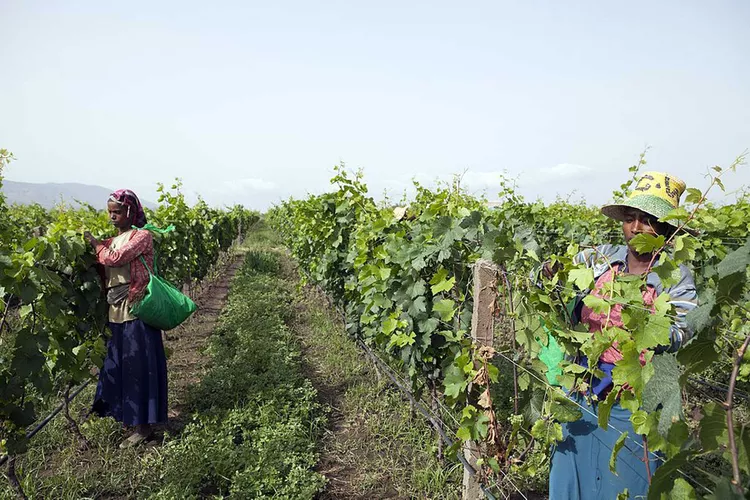
Ethiopia’s Rift Valley climate is known for its tea and coffee. It provides the perfect temperature and rich sandy loam for growing and harvesting vineyards.
Italian occupiers planted the first vines in the 1930s, and the country’s oldest winery has been in operation since 1936. Although it is not a power plant, it produces more than 10 million bottles annually.
Just outside the capital, Addis Ababa, Castel Winery in the small town of Ziway is trying to put the country on the global wine radar. At the heart of the operation is social responsibility, ensuring that all winery employees are fairly compensated and upskilled.
The range of vineyards is ambitious, planting varieties of Merlot, Cabernet Sauvignon, Syrah, Chardonnay, Chenin, Cabernet Franc, and Semillon, to name a few. So far, they have successfully bottled Chardonnay, Merlot, Syrah, Cabaret Sauvignon, and even sweet roses. Tip: Be sure to try tej, a traditional Ethiopian mead.
Naivasha, Kenya
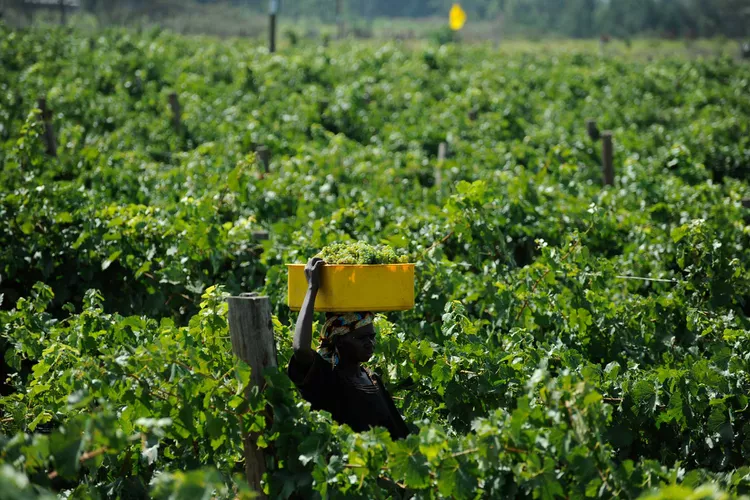
Kenya is another East African country that needs to be added to the wine radar. Due to the high altitude and the climate of the Great Rift Valley, the government has seen the emergence of local wineries in the last few decades.
Leleshwa Winery in Naivasha is a top winery. With hot days and cool nights, combined with high altitude and rich volcanic soil, the town offers quality real estate for vineyards. Leleshwa grows many varieties, including shiraz, Chenin blanc, and cabernet sauvignon, but it is the white sauvignon that has won applause from critics.
The winery tour includes Kenyan tea, spectacular views, three-course meals, and wine tasting.
Omaruru, Namibia
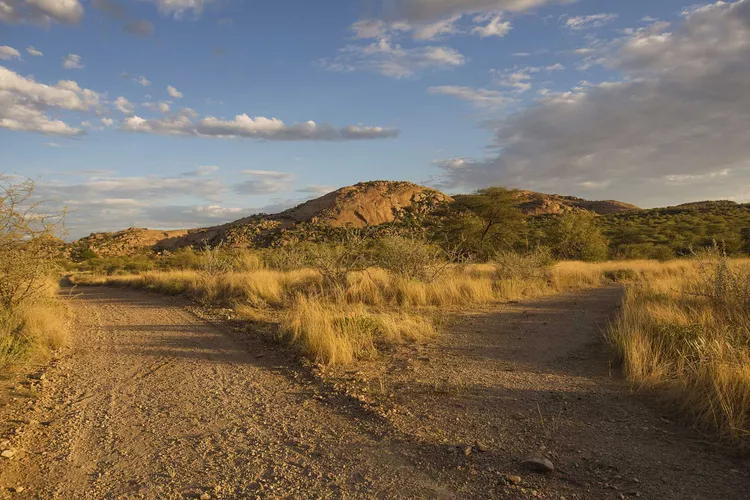
With its hot, arid climate, Namibia may be one of many countries that come to mind when wine production is discussed.
Despite irrigation challenges and the fact that the vintages produced here are young (the latest being 2014 and 2015), the country still produces a fair amount of Chardonnay, Shiraz, and Chenin Blanc, as well as small amounts of rose and red wine blends.
There are two distilleries in this area: Kristall Kellerei(the oldest distillery in the country) and Erongo Mountain Winery. Both are located along the Omaruru River and offer a change of scenery to the country’s hot weather.
